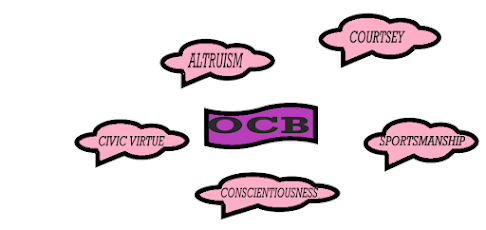The organizations are working hard to take part in the world market - and the only way out is globalization or internationalization. The organizations are developing their capacities and working hard on the resources to give a better competition. They utilizes a variety of resources or capital to make their business run. The organizations involve their workers' skills and abilities to generate revenue.
Human Resource Management has been defined as the process of employing people, training them, compensating them, developing policies relating to them and developing strategies to retain them.
The concept of IHRM is much more complex and broader than HRM. The process of IHRM involves Human Resource planning, the analysis of the job position, recruitment and selection, training and career management, performance appraisal and remuneration.
The International Management also involves international firms' performance appraisal system, training for international HR departments and lastly the design of a globally appropriate remuneration strategy.
PEST Analysis:
While going global the organizations go for the PEST analysis. The factors influencing the organization and its Human Resource System are -
i) Political characteristics of the country which includes the laws, property rights, taxes, business policy, regulations, elections and patents.
ii) Economic scenario of the country which shows the nature of the same-growing, stagnate or declining.
iii) The sociocultural characteristics which inculcates the demography, health care, education, social mobility and other social factors of the country.
iv) Technological factors available in the country and how will they affect the country.
The PEST analysis will help the organization in determining about the opportunities and threats. What is happening at the global level, settle down on the risk management policies and to find out new and different markets.
IHRM and Global Strategies:
Globalization is the process of economic integration at the international level. The factors like culture, language, management styles and laws have to be considered.
The ultimate goal of the organization is to find out the 'best fit' after considering the external environment and the internal strategies of the organization; HRM policies and their implementations.
The IHRM considers the Transnational scope, when they focus more on the international or global perspective rather than domestic one.
Decisions take into consideration the needs of all employees in all countries in which the company operates. The concern is the ability to establish standards that are fair for all employees regardless of which country they operate in.
A transnational representation means that the composition of the firm's managers and executives should be a multinational one. The ideas will come from a variety of perspectives and ideas from all countries in which the organization operates. Multicultural understanding is taken into consideration, which leads to a holistic approach to HRM.








